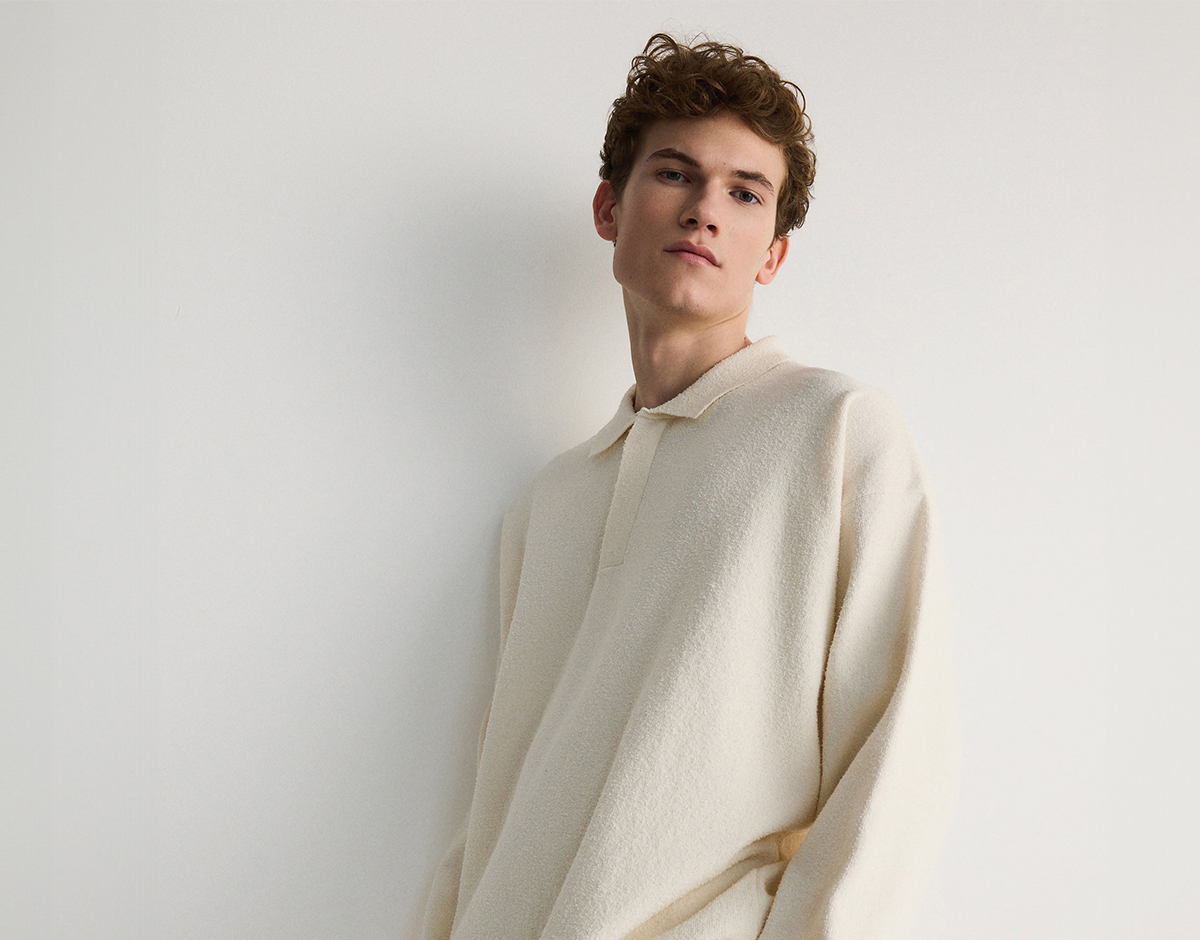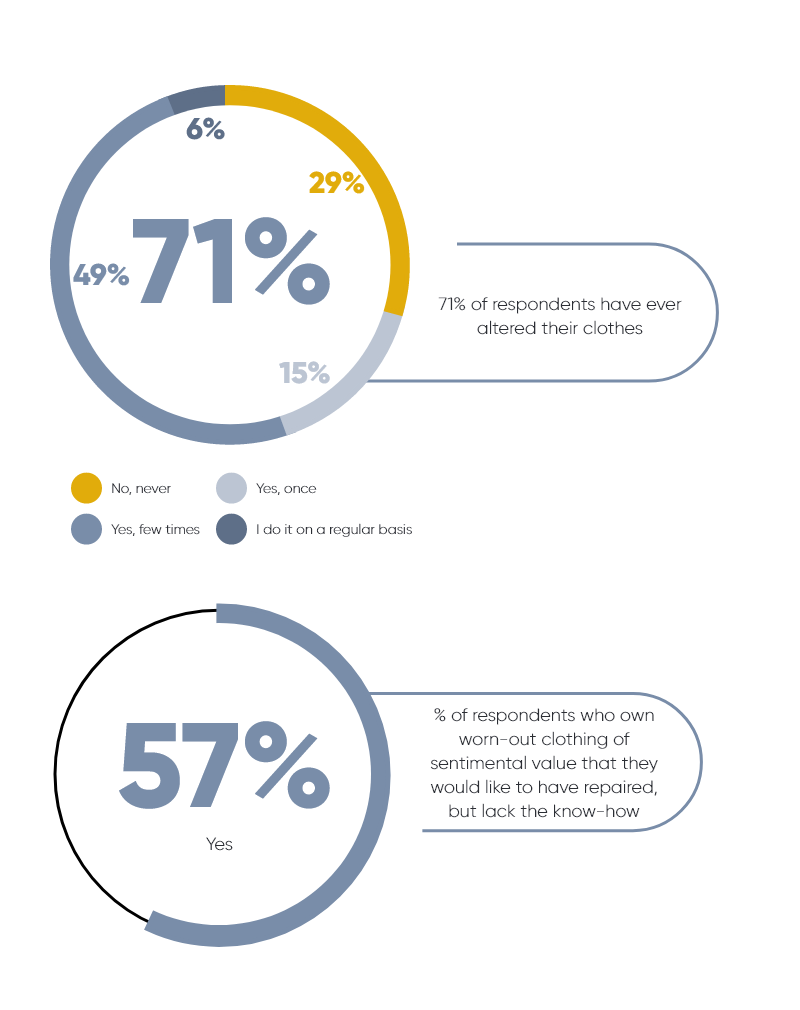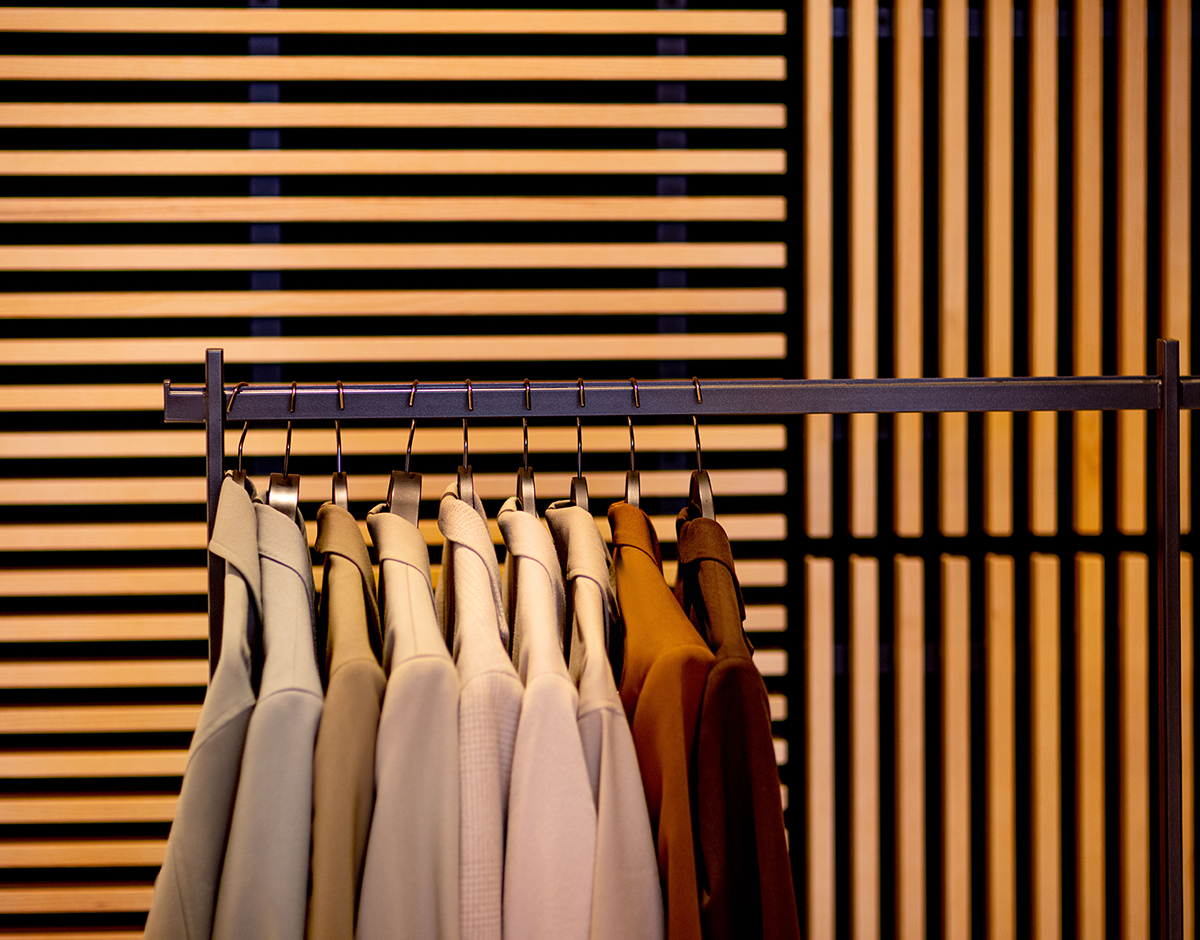Rework

Reworking or repurposing clothes is a great way to extend their life and preserve the emotional stories buried in specific pieces of your wardrobe. It’s also a way to save money on the household budget for the benefit of you, your family and the environment. Discover our tips, tricks and hints on how to rework clothes in a simple way to wear them longer and express your unique style.
Learn how to start reworking clothes
Experiment with mixing patterns and textures
Don’t limit yourself to uniform designs. Boldly combine a variety of patterns and textures to add dynamism and depth to upcycled creations. Playing with contrasts can produce surprising and refreshing results, from combining delicate lace with raw denim to juxtaposing geometric prints with ethnic motifs. Such variety adds character and makes each design a unique story.
Remember to maintain balance and harmony in your designs, merging materials thoughtfully to avoid chaos and overdoing it. Experimenting with different textures will allow you to discover new ways of expressing yourself through fashion.
Embroidery will help you personalise your clothes
Add a personal touch to your upcycling projects using embroidery techniques. These traditional fabric embellishment methods offer countless possibilities for personalisation, from delicate handmade monograms to rich, colourful patterns that can completely transform the look of a garment.
Hand embroidery allows for precise detailing, while machine embroidery can be a way to cover larger areas more quickly. You can use these techniques to mask minor damage or stains, giving your garments a second life, or simply to add a unique touch that makes you stand out from the crowd.
Buy natural textile dyes
When choosing paints for upcycling projects, go for natural options. Not only are these paints environmentally friendly, but they often offer a rich palette of deep, natural colours that will add a unique touch to your projects.
From traditional vegetable dyes, such as indigo or turmeric to modern, eco-friendly formulas, natural dyes can transform the look of any textile item without burdening the planet. Experimenting with different dyeing techniques, such as shibori or batik, will open up new possibilities in creating original patterns and shades, giving old fabrics new life.
Have templates ready and write down your ideas
One guarantee of successful upcycling is good organisation and thoughtful planning. Therefore, always keep templates on hand for different projects, from simple shapes to more complex designs. They can speed up the creative process considerably and help to maintain the visual consistency of your work. Also, keeping a notebook of upcycling ideas will allow you to jot down inspirations and concepts that may come to mind when you least expect it.
We want to rework clothes to preserve their stories


ARTICLES





